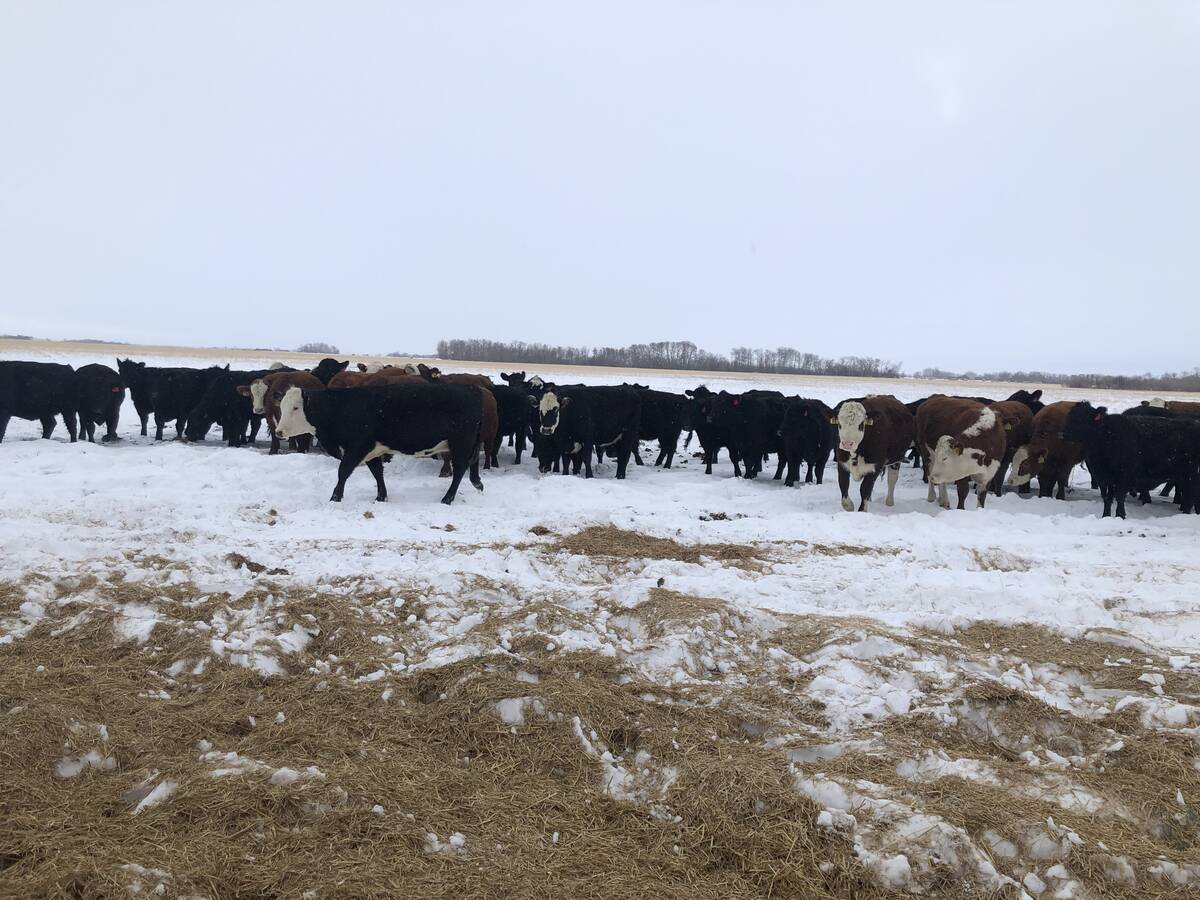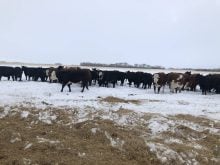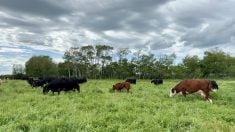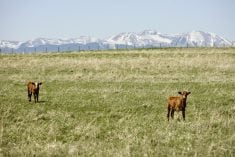It is Thanksgiving weekend as I write this column, which implies that across the country, cow-calf producers have or are looking to wean calves. While some producers will retain ownership and either background and/or finish their calves, the majority will be marketed either through an auction market, satellite/video sale or directly to a destination feedlot. With this column, I want to review some of the challenges of getting these newly weaned animals on feed and off to a healthy start.
Starting calves is always a challenge as they are faced with several stressful events happening all at once. These include weaning, transportation, mixing at the market and/or feedlot, processing and getting used to a new environment. This stress, coupled with the viral and bacterial challenges that newly weaned calves face, results in calves with a challenged immune system coupled with a depressed appetite. Unfortunately, it can also result in high morbidity and mortality rates.
Read Also

Picking the most efficient cows to rebuild your cow herd
A new cow ranking system to help beef farmers and ranchers pick the most efficient cows as they rebuild their herds.
From a nutrition perspective, I believe the most important management step you can take with these animals is to get them eating at an appropriate level, as soon as possible. If we use a pen of 500-pound steer calves as a reference, healthy non-stressed calves should be consuming approximately 13 pounds of dry matter (DM) per day or 2.5 to 2.7 per cent of their body weight (DM basis). This translates to 20 pounds of total mixed ration (i.e. 13 lbs. of DM/.60) if the ration DM is 60 per cent.
Unfortunately, stressed or immune-challenged calves may only consume feed at one to 1.5 per cent of body weight or five to 7.5 pounds of DM in the case of the reference animals above. This level of DM intake (DMI) will barely cover maintenance nutrient needs. It is critical from both a performance and health perspective that we get these animals eating 2.5 per cent of body weight or better as soon as possible. Unfortunately, it is not always that simple. As the saying goes: “you can lead a horse to water, but you can’t make it drink!”
With stressed calves, particularly those that have been off feed for extended periods, rumen function is likely at a low ebb. New arrivals should have access to a feed source they recognize and one that is relatively fermentable in the rumen. I like to see such animals have access to long-stem grass or alfalfa/grass hay placed in hay feeders in receiving pens and if possible draped over feed bunks for the first three to five days the calves are in the feedlot. The reason is that calves will recognize this feed and start consuming it from day one. Quality should be such that it stimulates rumen fermentation and helps to fill up the calves while they are adjusting to a new environment.
In addition to long-stem hay, newly arrived calves should be fed the starter ration at 0.75 to 1.25 per cent of body weight or in the case of the above calves approximately four to six pounds of DM. From this point, calves can be moved up to two per cent of body weight or approximately 10 pounds of DM as fast as their appetite dictates. Once the calves have reached this level of intake it is a good idea to take a slower approach to further increases. One common approach is to limit further DMI increases to 10 per cent every second day (DM basis) until the calves are eating at 2.3 per cent of body weight and five per cent every second day thereafter until the calves are on full feed. Ideally, calves reach a DMI of 2.5 to 2.7 per cent of body weight within three weeks of arrival.
The starter ration is typically a combination of silage (i.e. corn or barley), grass or alfalfa/grass hay, grain and a protein/mineral/vitamin supplement. If hay is fed, it is typically limited to 10 to 15 per cent of the ration DM unless economics and/or supply dictates otherwise. The grain or concentrate portion of the starter is typically 35 to 40 per cent of the ration (DM basis). This level of grain helps to supplement energy intake of stressed calves with a depressed appetite. Protein supplementation can vary from commercial urea-free supplements to concentrated protein sources such as distillers dried grains with solubles or canola meal.
One question I often get is with regard to the use of oat grain for starting calves. My answer typically is “great;” calves go on to oat-based starter rations smoothly with minimal digestive upsets. An added benefit is that it does not require processing, particularly for lightweight calves. The flip side to the answer that often surprises cow-calf producers is that calves also go onto barley or corn grain relatively easily and that it is not necessary to start calves on oat grain.
Another question cattle feeders ask about is the use of various prebiotics and probiotics. These products usually comprise specific strains of live yeast or bacteria (i.e. probiotics) or yeast extracts and other bioactive compounds (prebiotics) that are designed to promote rumen and lower tract gastrointestinal health and immune function. There are a number of such products on the market, some backed by more research than others. As these products come with a price, it is a good idea to review the need for such products with your veterinarian/nutritionist before including them in your program.

















